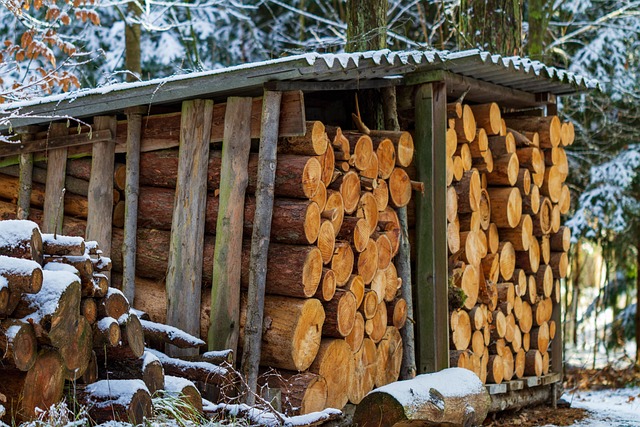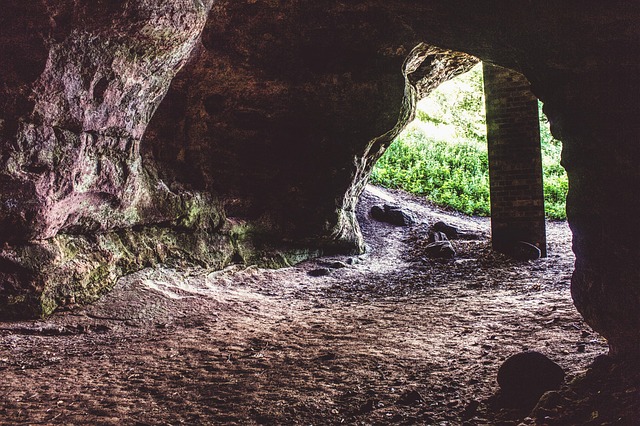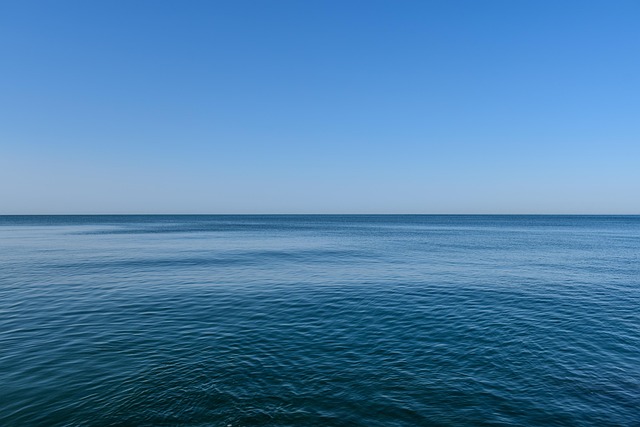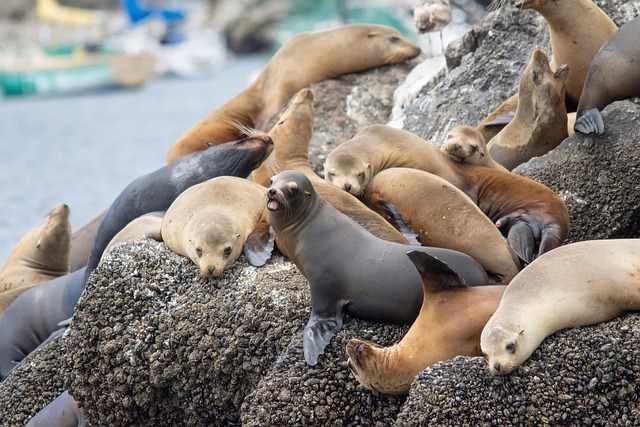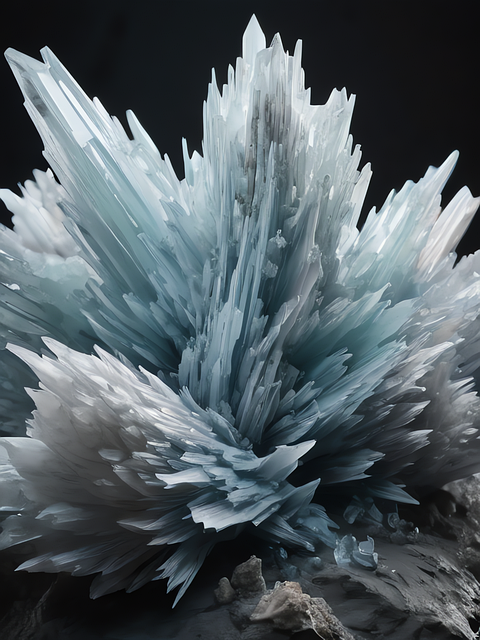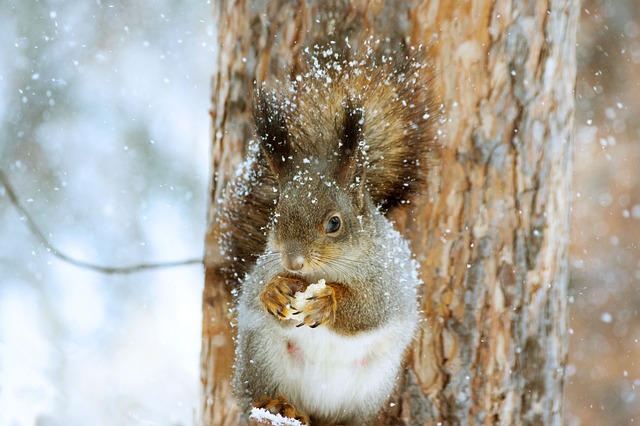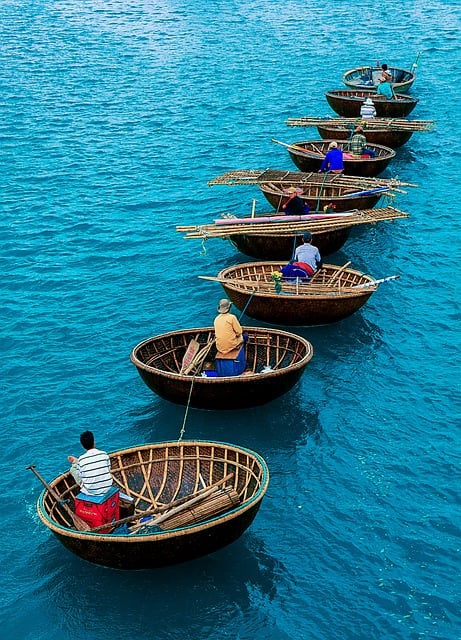Sea Lion Caves' stunning geology formed over millennia through water erosion of ancient lava tubes. The porous lava rock is fragile and susceptible to temperature & moisture changes, highlighting the need for responsible viewing practices. Strict guidelines, including guided tours and designated trails, ensure visitor safety, protect the ecosystem, and preserve the caves' unique geology. Conservation efforts aim to balance tourism with preservation, emphasizing sustainable practices and education for all visitors.
Discover the enchanting world of Sea Lion Caves, a geological marvel offering a unique glimpse into marine life. This article explores the intricate balance between accessing these natural wonders and preserving their ecosystem. From understanding the caves’ stunning sea lion caves geology to implementing responsible viewing practices, we delve into strategies that ensure visitor safety while minimizing tourism’s impact. Learn about conservation efforts and the vital role of trained guides in preserving this remarkable habitat for future generations.
- Understanding Sea Lion Caves Geology
- Ensuring Visitor Safety in Caverns
- Best Practices for Responsible Viewing
- Impact of Tourism on Cave Ecosystems
- Training and Education for Tour Guides
- Conservation Efforts for Sea Lion Habitats
Understanding Sea Lion Caves Geology
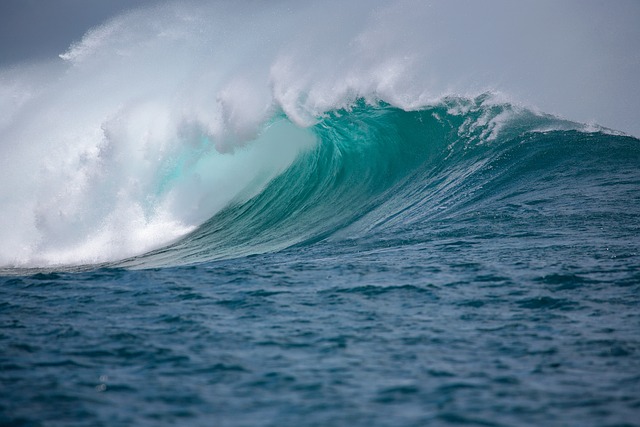
Sea Lion Caves, located along the rugged coast of Oregon, are a stunning example of nature’s artistry carved into the Earth’s crust. Understanding their geology is key to appreciating the unique environment and ensuring safe viewing practices. The caves are formed within a lava tube system, specifically a volcanic vent created by ancient lava flows. Over thousands of years, as the lava cooled and hardened, it left behind a network of tunnels and chambers. Erosion caused by water seeping into cracks and freezing during colder months gradually enlarged these formations, resulting in the breathtaking sea cave systems we see today.
The geology of Sea Lion Caves also plays a significant role in their stability and the experiences visitors can expect. The porous lava rock, while beautiful, is susceptible to changes in temperature and moisture levels. Tour guides often emphasize the importance of staying on designated trails to avoid causing damage to this delicate ecosystem. Additionally, visitors are advised to be mindful of their surroundings due to the potential for rock falls or cave-ins, highlighting the ever-present connection between human exploration and the natural forces that shaped these geological wonders.
Ensuring Visitor Safety in Caverns
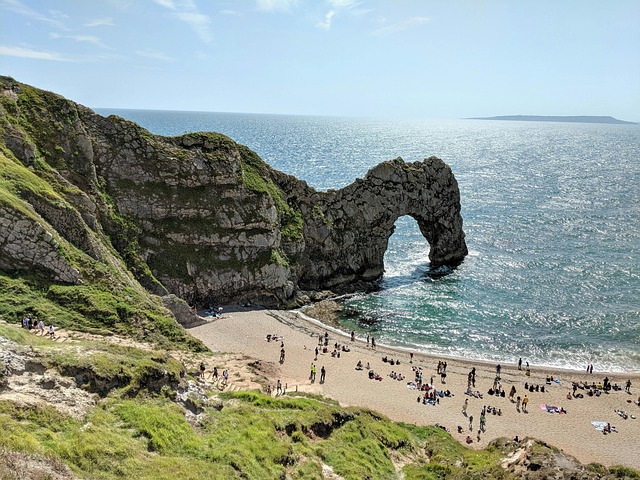
The unique and captivating environment of Sea Lion Caves presents both wonders and challenges for visitor safety. Understanding the delicate balance between public access and preservation is crucial. The caves, formed by centuries of geological processes, are not just stunning but also susceptible to human impact. Implementing strict viewing practices ensures both the well-being of visitors and the long-term health of this natural wonder.
Guided tours and designated viewpoints play a vital role in managing visitor flow. These measures allow for safe exploration while minimizing disruption to the cave ecosystem. By adhering to responsible viewing practices, visitors can appreciate the breathtaking Sea Lion Caves geology without leaving their footprint on this fragile landscape.
Best Practices for Responsible Viewing
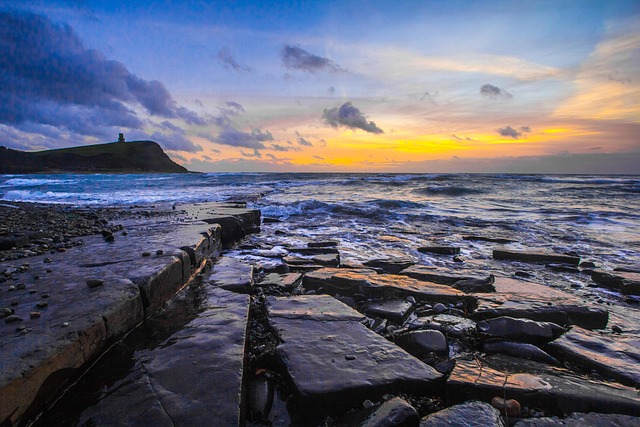
When visiting Sea Lion Caves, adhering to responsible viewing practices is paramount to protect both the sea lions and your own safety. The unique geology of this location demands a mindful approach. Always stay on designated trails; venturing off can disturb the sea lion habitats and cause damage to the sensitive cave ecosystem.
Maintain a safe distance from the caves and sea lions. These creatures are wild, and despite their charming appearances, they can become aggressive if feeling threatened. Never attempt to touch or feed them, as this disrupts their natural behavior and can expose them to diseases. Remember, observing these marine mammals from a respectful distance ensures a positive experience for both you and the sea lions, preserving the integrity of Sea Lion Caves’ remarkable geology.
Impact of Tourism on Cave Ecosystems
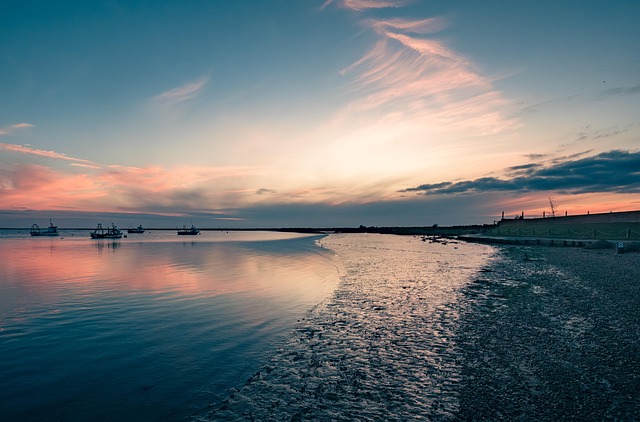
The bustling tourism industry surrounding the Sea Lion Caves has brought both benefits and challenges for this unique geological wonder. While visitors flock to witness the majestic sea lions up close, the sheer number of people can significantly impact the delicate cave ecosystem. The caves, formed over centuries by intricate geological processes, are not just homes to marine life but also host a complex network of flora and fauna that thrives in this specific environment.
Tourism activities, such as guided tours and visitor centers, play a vital role in raising awareness about the caves’ significance. However, measures must be taken to minimize potential harm. Proper management strategies, including controlled access, conservation efforts, and educating visitors about sustainable practices, are essential to preserving the Sea Lion Caves’ geology and ensuring the well-being of both the sea lions and the ecosystem as a whole.
Training and Education for Tour Guides

The role of tour guides is pivotal in ensuring safe viewing practices at Sea Lion Caves, especially considering the unique and often unpredictable nature of sea lion behavior and the intricate Sea Lion Caves geology. Guides undergo rigorous training to understand both aspects. They learn about the marine mammals’ habits, communication, and routines, enabling them to anticipate and guide visitors safely without disturbing the animals. This education extends to understanding the complex cave system, including its formation, ecosystem, and sensitive environmental conditions, allowing guides to navigate and share this fascinating Sea Lion Caves geology with tourists while maintaining ecological balance.
Conservation Efforts for Sea Lion Habitats
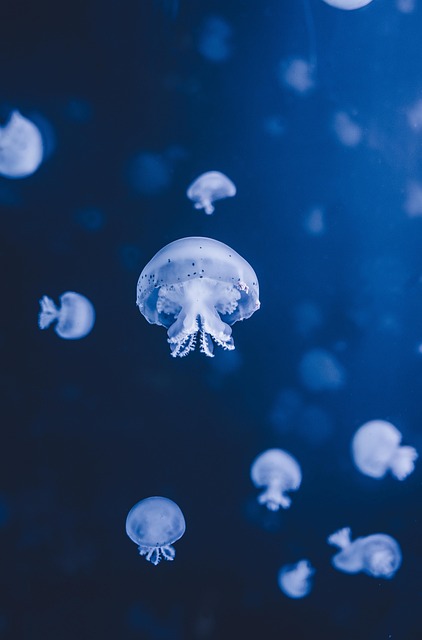
The unique and breathtaking Sea Lion Caves, carved into the dramatic coastal geology, are more than just a tourist attraction; they are a vital habitat for sea lions. Conservation efforts have been pivotal in ensuring the protection and preservation of this ecosystem. Organizations and local communities have joined forces to safeguard the caves and the marine mammals that call them home.
These initiatives focus on minimizing human impact and maintaining the natural balance. By implementing strict viewing guidelines, such as limited visitor numbers and designated observation areas, disturbance to sea lion resting and breeding grounds is reduced. Additionally, educational programs raise awareness about the importance of these habitats and encourage responsible tourism, ensuring that visitors appreciate the Sea Lion Caves’ ecological significance while respecting the need for conservation.






